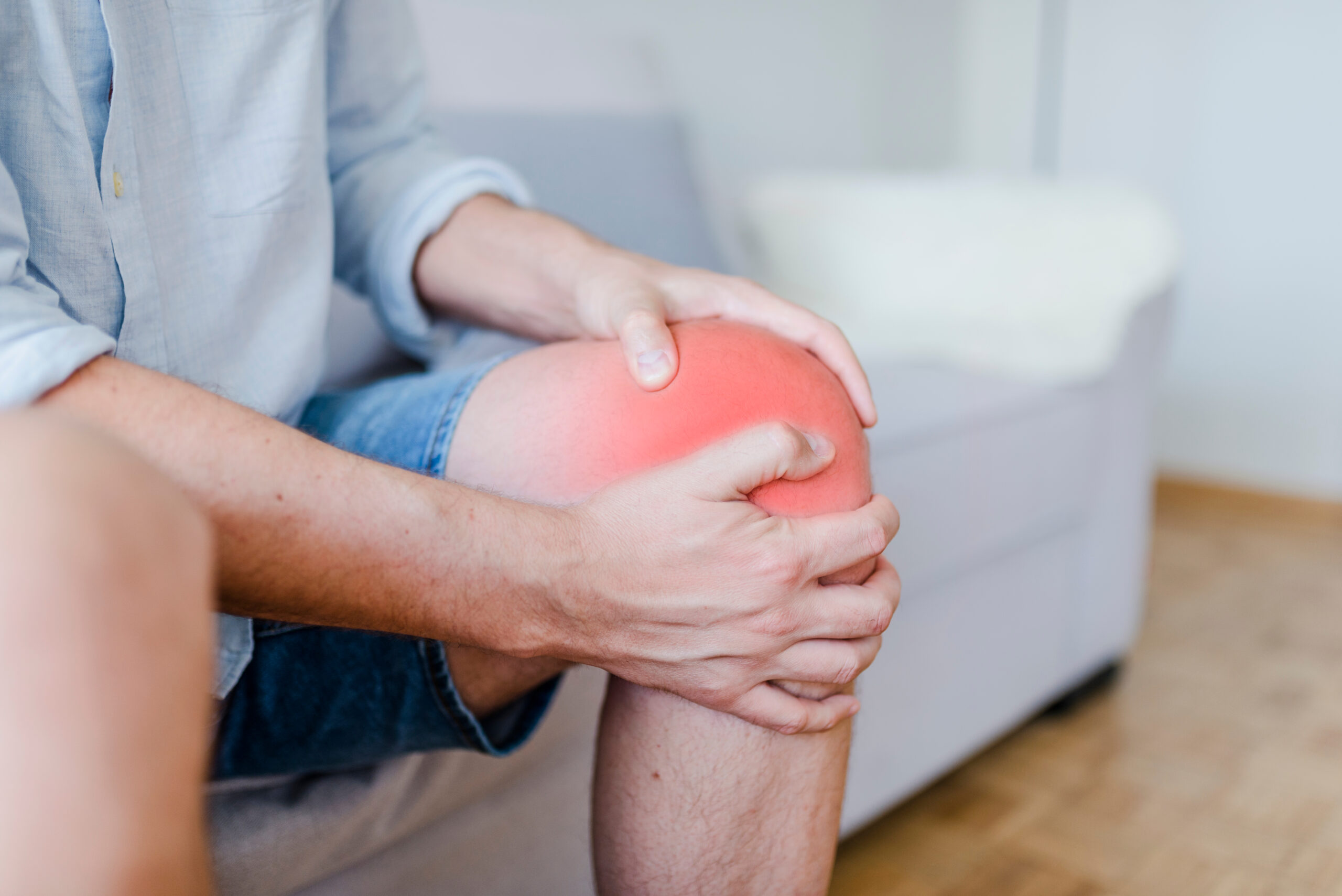- meri222
- 0 Comments
Understanding Knee Pain: How Surgery Can Help Those with Eroded Cartilage
Knee pain is a common issue affecting people of all ages, often caused by injury, wear-and-tear, or underlying health conditions. For many, knee pain can be debilitating, limiting mobility and quality of life. One of the primary causes of chronic knee pain is the erosion of cartilage—a condition that can make simple tasks like walking or standing excruciating. In such cases, surgical intervention may be a vital solution.
What Is Knee Cartilage?
Why Does Cartilage Erode?
Cartilage erosion is often linked to several factors:
- Aging: As we age, our cartilage naturally wears down.
- Injury: Trauma, such as a torn meniscus or ligament damage, can accelerate cartilage wear.
- Repetitive stress: High-impact activities and repetitive motion can wear down the cartilage more quickly.
- Obesity: Excess weight puts additional pressure on the knee joints, contributing to faster cartilage degeneration.
- Genetics: Some people are predisposed to conditions like osteoarthritis, which leads to cartilage erosion.
Symptoms of Cartilage Erosion
When cartilage deteriorates, you may experience:
- Pain and stiffness: Especially after activity or long periods of inactivity.
- Swelling: Inflammation around the knee joint.
- Limited range of motion: Difficulty bending or straightening the knee.
- Grinding or clicking sensation: A feeling of bone rubbing against bone.
For some, these symptoms may be managed with non-surgical treatments such as physical therapy, medications, and lifestyle modifications. However, when the pain becomes chronic and non-surgical treatments are no longer effective, surgery may be required.
How Surgery Can Help
For individuals with significant cartilage erosion, surgical options offer hope by either repairing or replacing the damaged tissue, thus restoring function and relieving pain.
1. Arthroscopy
Arthroscopic surgery is a minimally invasive procedure often used to diagnose and treat joint issues. For knee cartilage problems, arthroscopy can be used to smooth rough cartilage surfaces, remove loose cartilage fragments, or repair minor tears.
- Best for: Mild to moderate cartilage damage.
- Recovery time: A few weeks, but full recovery can take a few months.
2. Cartilage Transplantation
This procedure involves replacing damaged cartilage with healthy cartilage from another part of the body or using a graft. Cartilage transplantation can help regenerate new cartilage and restore smoother joint movement.
- Best for: Younger patients with localized cartilage damage.
- Recovery time: 6 to 12 months for full recovery.
3. Partial Knee Replacement
If only one part of the knee is affected, a partial knee replacement may be performed. This involves replacing only the damaged section of the knee with artificial components, leaving the healthy areas intact.
- Best for: Moderate to severe damage localized to one part of the knee.
- Recovery time: 3 to 6 months.
4. Total Knee Replacement (TKR)
In cases of severe cartilage erosion, total knee replacement (TKR) is often the best option. This procedure involves removing the entire damaged knee joint and replacing it with a prosthetic joint made of metal and plastic.
- Best for: Severe, widespread cartilage damage due to osteoarthritis or injury.
- Recovery time: 6 to 12 months for full recovery, with significant improvement in pain and mobility.

